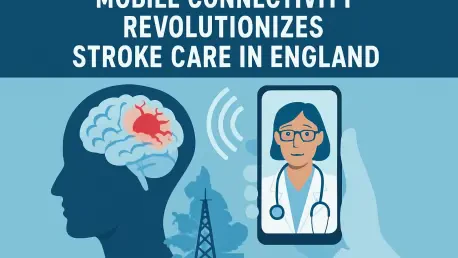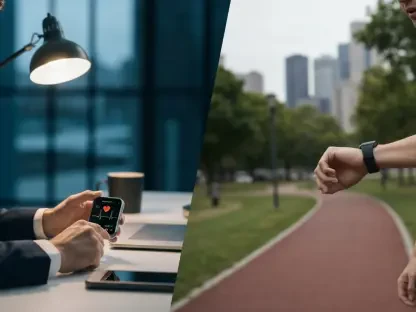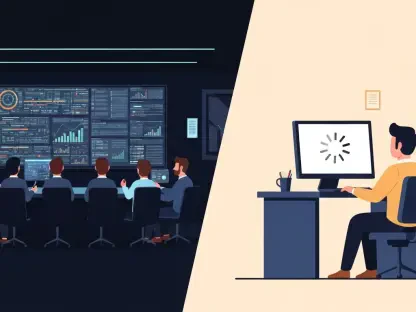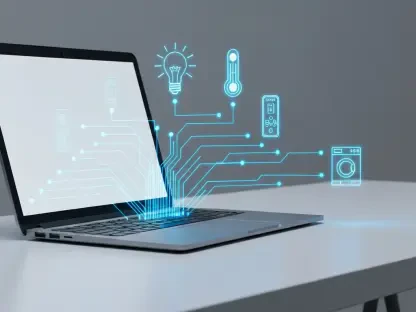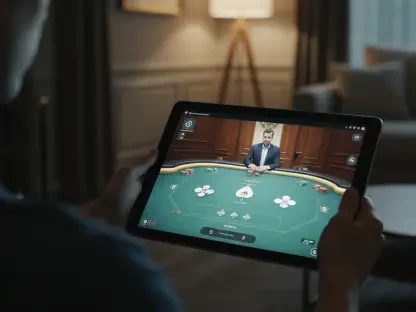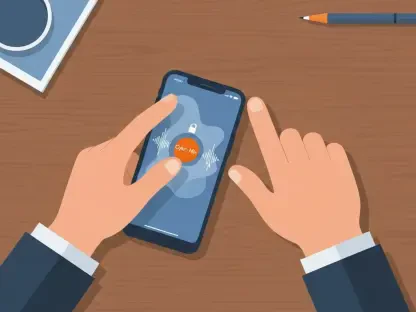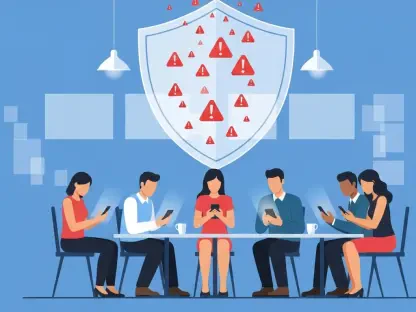Imagine a rural ambulance racing through the winding roads of the East of England, sirens blaring, as a patient inside shows signs of a stroke—a condition where every passing minute means the loss of nearly 2 million brain cells, and immediate action is crucial. In such critical moments, the ability to connect with a specialist for immediate guidance can be the difference between recovery and irreversible damage. A groundbreaking partnership between a leading technology provider and the East of England Ambulance Service NHS Trust (EEAST) has tackled this challenge head-on by leveraging advanced mobile connectivity. This innovation ensures that even in remote areas with notoriously poor signal coverage, paramedics can access real-time video consultations with stroke experts. By integrating hospital-grade communication systems into emergency vehicles, this initiative is transforming how time-sensitive care is delivered, setting a new standard for emergency medical response across challenging terrains.
Overcoming Connectivity Barriers in Rural Emergencies
In the vast, often isolated regions of the East of England, poor mobile signal coverage has long been a significant obstacle for emergency medical teams. Paramedics frequently faced situations where the lack of reliable communication forced unnecessary transports to hospital emergency departments, putting additional strain on already overburdened facilities. This often delayed critical care for patients who truly needed immediate intervention while others could have been managed differently. The introduction of a cutting-edge connectivity solution, known as the Excell system, has changed this dynamic dramatically. By combining long-range cellular antennas with bonded routers, the technology merges multiple network links to create a stable connection, even in areas officially classified as having no signal by regulatory bodies. As a result, ambulance crews can now maintain uninterrupted contact with specialists, ensuring that decisions about patient care are made swiftly and accurately, right at the scene of the emergency.
The impact of this technological advancement cannot be overstated, particularly for stroke patients where timing is everything. Previously, the inability to connect with experts in real-time meant that many patients were routed to hospitals regardless of their specific needs, leading to inefficiencies and potential delays in treatment. With the new system in place, paramedics can conduct Mobile Stroke Video Triage (SVT), allowing for immediate symptom assessment through video consultations. This capability enables specialists to determine whether a patient requires urgent treatments like clot-busting thrombolysis or surgical thrombectomy, or if a less intensive option, such as an outpatient review at a Transient Ischemic Attack (TIA) clinic, is more appropriate. This targeted approach not only streamlines patient pathways but also significantly reduces the pressure on hospital resources by ensuring that only those in critical need are admitted for acute care.
Proven Results from Innovative Trials
A recent trial of the Excell system, conducted across several EEAST vehicles, delivered remarkable outcomes that underscore the transformative potential of enhanced mobile connectivity. Over the course of the trial period, which concluded earlier this year, five emergency vehicles were equipped with this advanced technology to test its efficacy in real-world scenarios. The results were striking, with a reported 93% reduction in connectivity issues during SVT sessions. Even more impressive was the 100% connection success rate in areas previously deemed to have no mobile signal. In over 60% of cases, signal strength was rated as strong to excellent, a stark contrast to the challenges faced before the trial. These statistics highlight how this technology can bridge the digital divide in rural and coastal regions, ensuring that emergency care is no longer compromised by geographic isolation or poor infrastructure.
Beyond the numbers, the practical benefits of this system have been evident in specific instances that showcase its reliability under pressure. In one notable case from a coastal area near Chelmsford, an area previously mapped as having zero mobile coverage, paramedics successfully conducted an uninterrupted video consultation during a stroke incident. This seamless interaction allowed for a swift decision on the patient’s care pathway, avoiding an unnecessary hospital trip and directly booking the individual into a TIA clinic for follow-up. Such examples reflect the newfound confidence among paramedics, who now rely on this technology to make informed decisions at the point of care. Currently, a significant portion of SVT consultations are facilitated through vehicles equipped with this system, demonstrating its integration into daily emergency operations and its role in optimizing patient outcomes across the region.
Shaping the Future of Emergency Medical Services
The success of this initiative in the East of England points to a broader trend in emergency care, where robust mobile connectivity is increasingly recognized as a clinical necessity rather than an optional enhancement. Key stakeholders involved in the project have emphasized the profound impact of reliable communication on unlocking the full potential of remote care solutions. Clinical leaders at EEAST have noted that the ability to connect instantly with specialists transforms how stroke cases are managed, particularly in time-critical situations. This perspective is echoed by technology experts who stress that dependable communication is non-negotiable when lives are at stake, as it directly supports faster triage, improves patient outcomes, and alleviates the burden on hospital services. The consensus is clear: this innovation sets a powerful precedent for how technology can enhance emergency response.
Looking ahead, the implications of this collaboration extend far beyond a single region. The findings and methodologies from the trial have already been shared with other ambulance trusts across the UK, sparking interest in adopting similar solutions to address connectivity challenges elsewhere. The potential to scale this technology to other NHS settings and emergency services offers a promising avenue for improving care delivery on a national level. As more regions grapple with the complexities of providing equitable care in remote areas, the lessons learned from this project could serve as a blueprint for integrating advanced connectivity into standard practice. Ultimately, the focus remains on ensuring that every second counts in critical care scenarios, with technology paving the way for faster, more accurate interventions that save lives.
Reflecting on a Life-Saving Innovation
The journey of integrating advanced mobile connectivity into stroke care in the East of England marked a turning point in emergency medical services. This collaboration demonstrated how technology could dismantle barriers that once hindered timely care, particularly in rural and coastal areas where signal issues were a persistent challenge. Paramedics gained the tools to make informed decisions through real-time specialist consultations, while patients benefited from faster, more appropriate care pathways. The trial’s success, backed by compelling data and firsthand accounts, highlighted the profound difference that reliable communication made in life-or-death situations. As a next step, expanding this model to other regions and conditions stands as a priority, with the potential to redefine emergency response standards. Continued investment in such innovations promises to ensure that geographic isolation no longer dictates the quality of care, offering hope for a more connected and responsive healthcare system.
